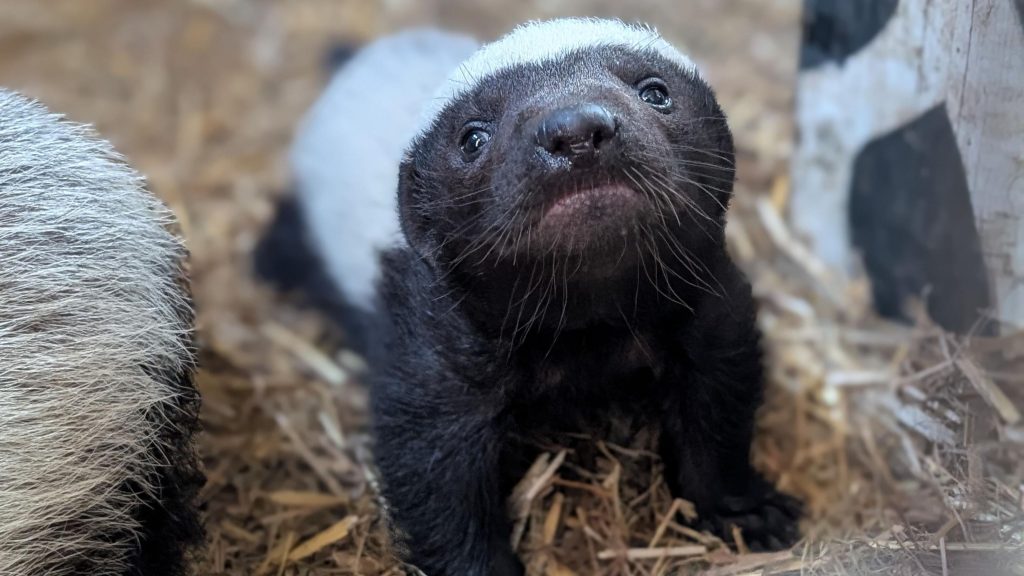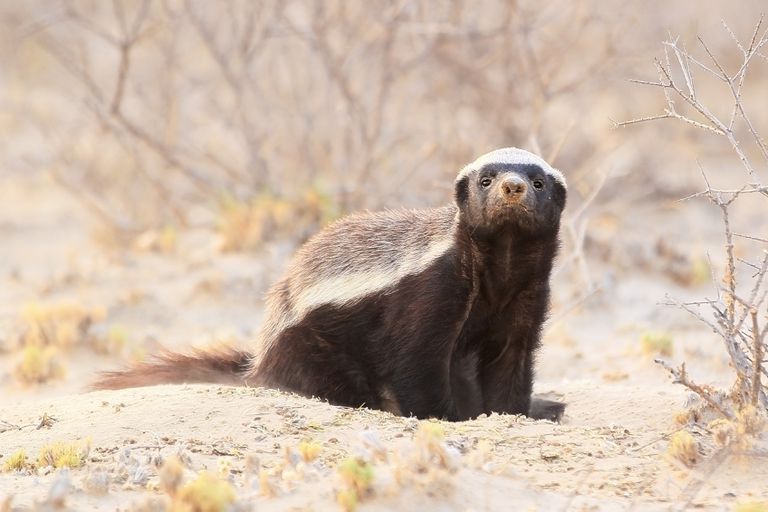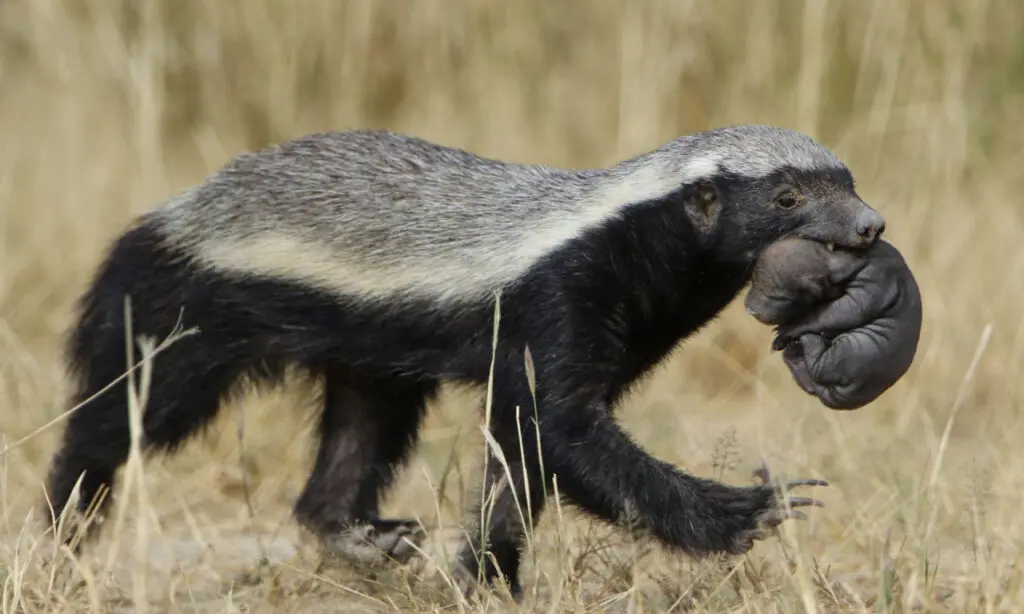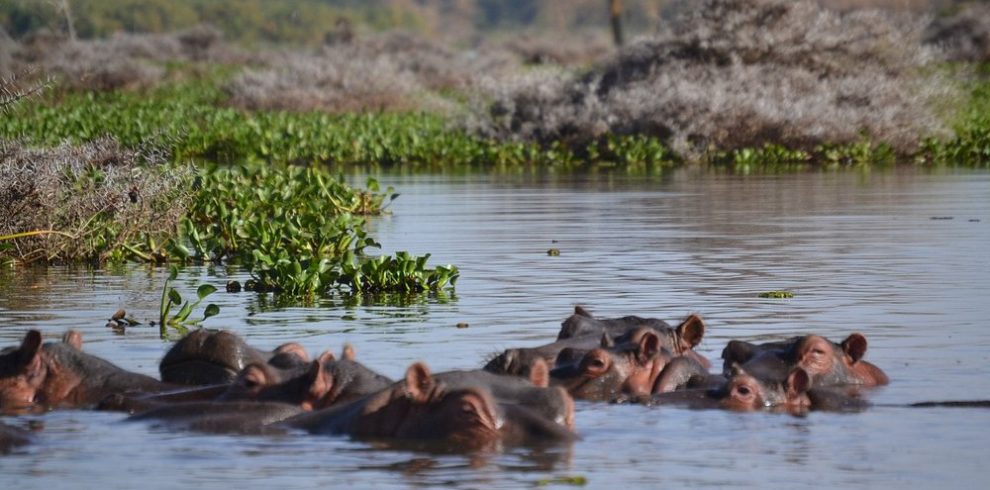
The honey badger, also known as the ratel, is a remarkable creature that often defies expectations with its fearless nature and surprising behaviors. Found predominantly in Africa, Asia, and parts of the Middle East, the honey badger is well-known for its tough demeanor and wide-ranging abilities. While it may not boast the same level of fame as larger predators like lions or tigers, the honey badger certainly stands out with its tenacious personality and intriguing traits. In this article, we will dive into 5 fascinating facts about the honey badger that will make you rethink this small but mighty mammal.
1. The Honey Badger’s Fearless Nature

One of the most famous facts about the honey badger is its incredibly fearless attitude. Honey badgers are known to confront animals much larger than themselves, and this audacity has earned them a reputation as one of the most fearless animals in the wild. In fact, honey badgers are not intimidated by predators such as lions, hyenas, or even large snakes like pythons. This courage does not rely on aggression only. Honey badgers possess extraordinary strength, resilience, and a thick skin that helps them survive encounters with dangerous creatures.
Through their loose and thick skin, they can turn and bite their attackers without necessarily getting hurt. Also their claws and teeth are very sharp making them very good opponents. This physical strength augmented with invincible boldness helps them to survive even in the wild where there are bigger and stronger predators. Even more impressive is the honey badger’s approach to hunting. When they are in pursuit of their prey, they tend to hunt venomous snakes like cobras, and puff adders. The honey badger’s immune system is so strong that it can survive multiple venomous bites, making it one of the few creatures that can go toe-to-toe with the world’s most venomous snakes and live to tell the tale.
2. A Highly Adaptable Diet

Another fascinating fact about the honey badger is its incredibly diverse diet. Unlike most animals that are strictly carnivorous or herbivorous, the honey badger is an omnivore, meaning it eats a variety of foods. Its primary diet includes insects, small mammals, fruits, and reptiles, but honey badgers are opportunistic feeders, which means they will eat almost anything that is available. One of their favorite foods, however, is honey—hence the name “honey badger.” Honey badgers have been observed raiding beehives with impressive efficiency.
It is resistant to bee stings, and its thick and tough skin prevents that. In fact, the honey badger has developed a unique technique for dealing with aggressive bees: it starts by biting the hive open, then it consumes the honeycombs and larvae inside, all while enduring the swarm of stings. This sweet tooth makes honey badgers particularly fascinating to watch in the wild. But the honey badger’s versatility doesn’t stop at honey. They also feed on the eggs of birds, on snakes, and even on young of other mammals when these last are offered. They can live in a diverse range of habitats such as the savannah and forests because of their opportunistic feeding patterns. One of the main reasons is the versatility of their diets so they can survive in a wide range of habitats.
3. Incredible Longevity and Intelligence

In addition to their physical toughness, honey badgers are also highly intelligent. They also demonstrate problem solving skills, which enables them to modify their surroundings, hunt and escape predators. Some researchers have observed honey badgers using tools or taking a strategic approach to obtaining food. For example, honey badgers have been known to dig and burrow into termite mounds to extract the insects inside. Their strong claws are used to make openings and when they break inside, they can enjoy the termites. However, honey badgers have also been observed in captivity using objects like sticks or rocks to aid in their foraging, showing that they can use their surroundings to their advantage. The other aspect of their intelligence is their memory. Honey badgers can remember the locations of various food sources, which helps them navigate their territories efficiently.
They find the courage to survive in the wild with the aid of their memories to remind them about places where they can acquire good hunting grounds, or other locations where a foe badger has just been seen. Despite their small size, honey badgers have a remarkable capacity for learning and adapting to new challenges. In other instances, they have been seen to work with other animals such as birds and other mammals in their quest to hunt and find food. The degree of cognitive adaptability is amazing of such a tiny and a frequently underestimated organism. Moreover, honey badgers are known to have a relatively long lifespan for their size, living up to 14 years in the wild. This is in addition to their long aging life, therefore, giving them an opportunity to hone their survival techniques further to keep them as formidable foes in their natural environment.
4. Impressive Defensive Skills

When it comes to self-defense, the honey badger’s reputation is unmatched. It is a mammal that has the capability to survive even the most challenging encounters. One of the most impressive facts about the honey badger is its resistance to venom. These animals exhibit a phenomenal immunity to poisonous bites of snakes, scorpions and other animas. Honey badgers are frequently bitten by venomous snakes, yet they often survive and continue to hunt. Their exceptional biology makes them resistant to venom.
Honey badgers have a robust immune system that neutralizes the toxins from bites and stings. Thick skin and muscle structure would at least provide some security against attacks. In fact, honey badgers have been known to survive bites from the world’s deadliest snakes, such as the black mamba and the cobra, due to their strong resistance to venom. In addition to their resilience against venom, honey badgers have a powerful bite and sharp claws that they use for self-defense. When threatened, a honey badger will often stand its ground and defend itself with intense aggression. They also make loud growls and snarls further putting them off as something even more threatening to the predators. Their ability to turn on attackers with little fear or hesitation makes them a formidable opponent, and even the largest predators often avoid engaging with honey badgers. Their defensive capabilities are a key reason why honey badgers continue to thrive despite the many dangers they face in the wild.
5. Unique Social Structure and Behavior

While honey badgers are generally solitary animals, they do exhibit some unique social behaviors. Unlike many predators that establish strict hierarchies or engage in complex social interactions, honey badgers are mostly independent, spending much of their time alone. Nevertheless, they unite together sometimes to mate, or in times of plenty of food. Honey badgers mark their territory with scent glands, and they are known to engage in territorial disputes with other honey badgers. Despite being solitary creatures, honey badgers are not particularly aggressive toward each other unless competition for resources becomes too intense. In some cases, honey badgers will tolerate the presence of other badgers, especially in areas where food is plentiful.
Interestingly, honey badgers have also been observed engaging in cooperative behaviors with other species. An instance is that they have been observed hunting with birds of prey, say eagles or vultures. These birds help the honey badger locate prey, and in return, the honey badger may leave behind some of the food for the birds to scavenge. This type of mutualistic relationship is uncommon among mammals but demonstrates the honey badger’s ability to adapt to its environment and form beneficial partnerships when necessary. In addition to these social behaviors, honey badgers are also known for their strong maternal instincts. Female honey badgers will care for their young for several months after birth, teaching them how to hunt, forage, and navigate their territories. This bond between the mother and her offspring is very instrumental in ensuring the survival of the young badger since they are imparted with the important skills that will support them throughout their lives.
Conclusion
The honey badger may not be the largest or most well-known animal in the wild, but its unique qualities make it an incredibly fascinating species. From its fearless nature to its impressive defense mechanisms and versatile diet, the honey badger is a survivor in the truest sense. These 5 fascinating facts about the honey badger highlight its adaptability, intelligence, and tenacity, making it a creature deserving of both admiration and respect. Whether facing off against venomous snakes, raiding beehives for honey, or defending itself from predators much larger than itself, the honey badger has proven time and again that it is a force to be reckoned with in the animal kingdom.






